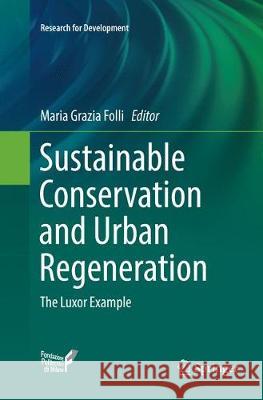Sustainable Conservation and Urban Regeneration: The Luxor Example » książka
topmenu
Sustainable Conservation and Urban Regeneration: The Luxor Example
ISBN-13: 9783319879888 / Angielski / Miękka / 2018 / 176 str.
Kategorie:
Kategorie BISAC:
Wydawca:
Springer
Seria wydawnicza:
Język:
Angielski
ISBN-13:
9783319879888
Rok wydania:
2018
Wydanie:
Softcover Repri
Ilość stron:
176
Oprawa:
Miękka
Wolumenów:
01











